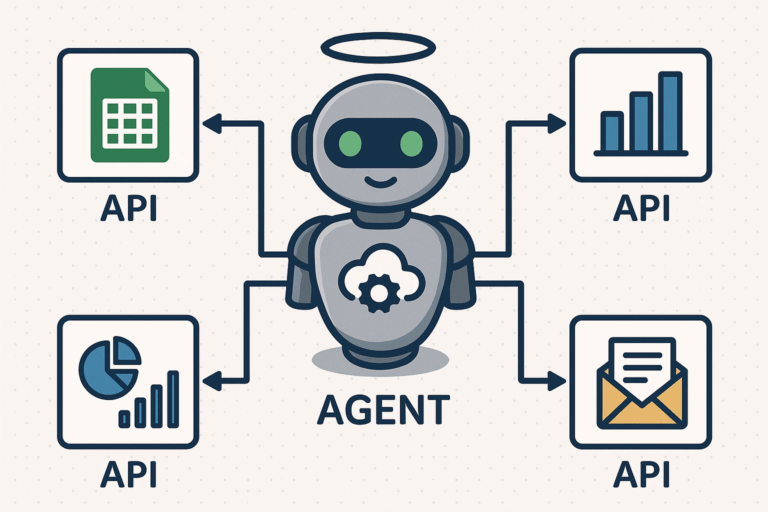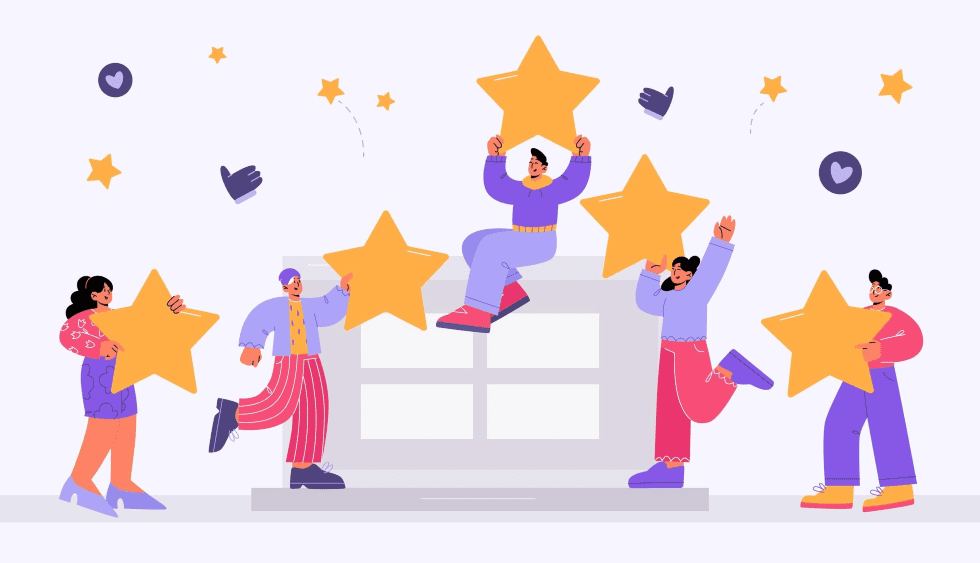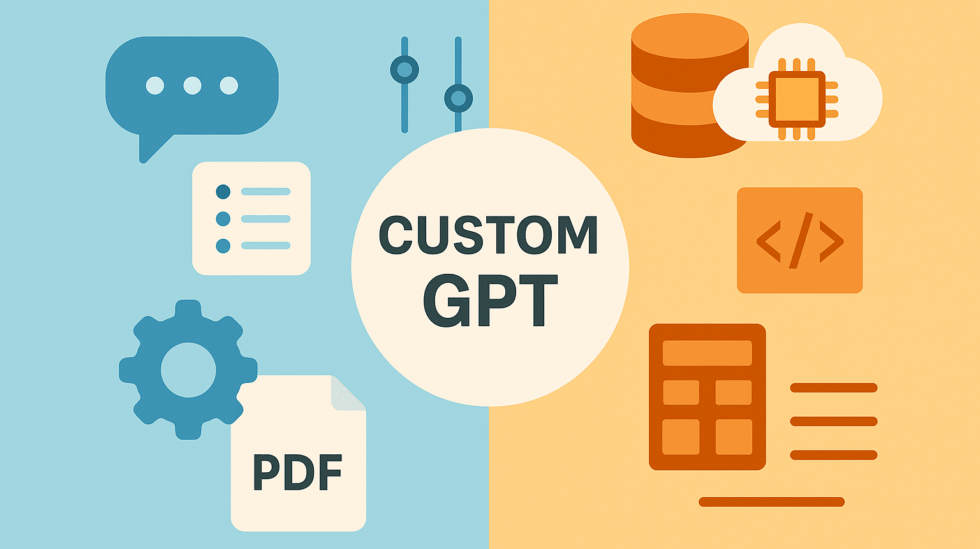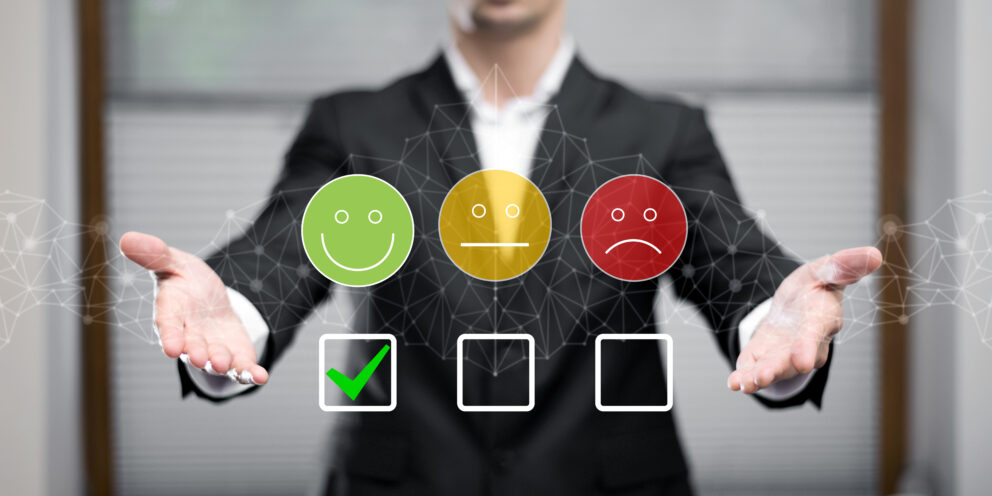Using AI to “Talk To” Your Customer Data

Summary
Explore this journey with AI tools, particularly custom GPTs and agents, to improve customer-led growth (CLG) marketing. I walk through the evolution from using basic ChatGPT+ for campaign development to experimenting with more advanced, agent-based solutions that integrate live data via APIs, highlighting their potential to democratize data analysis and drive more effective, personalized marketing strategies.
By Tom Swanson, Engagement Manager at Heinz Marketing
Sometimes I struggle with figuring out how to use AI. There are all of these claims and promises, but where do you even begin? Obviously I began with simply using ChatGPT Plus to handle basic tasks. This requires minimal learning. Where it gets interesting is when you start to find use cases, such as in customer-led growth.
A natural next step is to experiment with customGPTs and agents. That is what this post is about. In my last post, I wrote about some lessons I learned using customGPTs to assist with campaign development in CLG motions. Still helpful, but my thinking has evolved. Now, I am starting to explore agents to pull together diverse data sets.
Let’s talk about that.
LLMs anthropomorphize marketing data
Everyone says they’re a “data person” these days. I suppose in a literal sense, we all are (DNA and all that).
Marketing data, though, is often extremely difficult to make sense of. Sure, there are tools and processes that really help. No doubt about that. However, marketing data is multiform and distinctly human. In other words, it is messy.
However, LLMs enable the very exciting opportunity to have a conversational interface with these multiform data sets. This gives a new meaning to the term “data person”. Where it used to be that you had to block off hours of time to parse mixed data sets, now you can upload that data and talk to it in plain, simple English.
This is obviously very powerful. It democratizes the ability to parse and use customer data across your team. It makes the concept of mixed and multiform data less daunting. It finds patterns and insights that would take a human a long time, or maybe even would be downright impossible at scale.
Building tools to help you do this is a great move for enabling your team to both do better marketing and further adopt AI into their workflows.
Here are some use cases:
- Designing customer marketing campaigns designed to target specific customer lifecycle moments
- Identifying, understanding, and responding to churn risk
- Planning multi-threading campaigns to expand to other teams at a target account
- Developing and/or updating buyer and user personas
- Onboarding new team members to help them better understand your market
There are numerous ways to do this, but let’s talk about 3 that you probably have access to, in ascending order of complexity: Basic ChatGPT+, customGPTs, and live-API methods (AKA agents).
As always, this assumes that you are being ethical and cautious about data uploads. Personally identifiable information, company secrets, and anything else proprietary should only be used in accordance with your data policies. Be smart.
Basic ChatGPT+
If you are just getting started, this is a very easy one to begin with. I generally recommend doing this only as a proof of concept, since it gets tedious fast. However, if you want to see what is possible and are evaluating a greater investment, this is a good way to go.
You need the Plus version of the tool, but once you can upload data sets, you are ready to go. Here are some basic instructions:
- Pull whatever relevant data you want to put into ChatGPT
- Clean that data (tedious, but necessary)
- Upload it all to ChatGPT
- Start talking to it
You can do this with datasets of any size. Personally, I started with just basic SFDC data pulls for campaign building, but it quickly evolved. The more data you feed in, the better the responses will get.
There are limitations to this, like it requiring frequent reuploading, but it does give you the ability to start talking to your data. Very helpful for getting directional insights.
This is where I started.
Custom GPTs
I wrote about these in my last post, and since then I have really expanded my use. Formerly they were primarily for things like campaign development. Still helpful for that, but the real power comes when you include data in the knowledge base.
The big shift from basic CGPT+ to this is that you can create consistency across conversations and then give that tool to your team. The workflow looks like this:
- Upload cleaned data sets, personas, positioning, and any other relevant materials to the knowledge base.
- Write prompts to instruct the GPT on how to interpret and frame the data for users.
- Write instructions on how it should interface with users.
The copy the link and start testing with your team. This is the real benefit of doing it via a customGPT rather than just within ChatGPT itself: you can send a link to your team so that everyone can use it. While the creator needs to have ChatGPT+, anyone can use it if they have a link.
There are still a few limitations, primarily around the fact that the data set is still static. You will need to add more data to the knowledge base as it comes available and refresh it with some frequency. Not a perfect tool, but the ability to share this tool with your team from just one ChatGPT+ subscription is very nice.
Here is a pro tip: make a short survey to give to your team after they have used the tool. This will help you gather feedback and improve the tool over time.
Frankly, I think this is the best option for most users.
Agentic
 This is the one I am newest at, so my experience here is still evolving. Take this with a grain of salt.
This is the one I am newest at, so my experience here is still evolving. Take this with a grain of salt.This is the most advanced approach, and honestly probably not necessary for most folks. There are surely tools to do this easier and faster, but I like to figure out how stuff works. You might just want to pay for something.
The key differentiator of this method is that it is an agent that uses tools and can access live data via APIs. Here are the pros and cons.
Pros:
- Accesses live data via API. Very exciting because it gets rid of reuploads.
- Can be hooked up across your data ecosystem, pulling info from wherever you give it access. This means you can really create a much more complete “data person”.
- Considerably more customizable as you can give the agent more tools to access.
Cons:
- It is technical. I am using ChatGPT to accelerate the programming, but I still have to know the code.
- APIs have security risks. You gotta engage your security folks to stay safe.
- Takes longer to go this route. Making the right tools and giving it the ability to answer open-ended questions is difficult.
- It requires other paid plans like ChatGPT Platform (if you want to use CGPT as the LLM).
- It requires a UI to be usable by your team. I am just working in Jupyter Notebooks, but most marketers are going to need an actual interface.
Overall, this approach gives the most flexibility, real-time answers, and potential impact. I think building these sorts of systems should be on the radar of every marketer.
While this isn’t a con, you should know: you need to have a good data foundation for this to work. Garbage-in, garbage-out is the mantra. Mapping out your data ecosystem is a good first step. What are all of the sources of customer data you have/can get, where do you store them, and what characteristics exist within that data? Once you have that, you can start to piece together how to build an agent who can become your “data person”.
This is an ongoing exploration, if you want to talk about it, or hear how we do this sort of thing with clients, please reach out to me at accelerate@heinzmarketing.com.






